
Dynacorn steel saves a ragged ’68 Mustang Fastback
By Steve Temple
Photos by Shine 5 Productions; engine photos by Mike Lepine Photography
The old line from Yogi Berra about making the right choice is a bit quizzical: “When you come to a fork in the road, take it.” Actually, he was referring to his circular driveway, where either route would end up at his front porch.
There’s a certain amount of truth to that approach when it comes to restoring cars. You can either fix up a rusty old body by blasting and patching it, or you can replace it completely with a new aftermarket body. Either method will work, but which one one makes the most sense?
That depends of course on the initial condition of the particular project, but looks can be deceiving. Just ask Bill Darmon of Xcentrick Autosports about the car shown here, a ’68 Mustang restomod that had been previously worked on elsewhere.
“It was really good-appearing,” he recalls. “But we came across some errors in the build. The body wasn’t straight, and it was affecting the suspension, doors and electrical.” Not only were the ball joints rubbing on the rims, but also the car’s owner, Jake Fehr, who had only driven it a few hundred miles, noticed that the tires were already wearing thin.
Fixing all those problems could be handled in one of two ways: Either redo all the bodywork, with countless hours of labor and alignment, resulting in a “Frankenstein Ford.” Or scrap it altogether and start with a fresh shell from Dynacorn.
Jake wisely chose the latter course, for a variety of reasons. As Bill notes, there’s no rust to contend with. “No matter how much work we do [on an old car],” he points out. “We’re not going to catch all the rust.”
That’s not an issue with a Dynacorn shell, since it’s all new metal that’s slightly thicker than original as well. In addition, the cost of the shell with the doors hung is not all that much more than just a basic paint job. And this Mustang would’ve needed a massive amount of prep work to fix, so a new shell was the way to go.
The time involved for fitment took nearly a year, but all the window glass fit nicely, and the panels aligned evenly on the Air Ride chassis, Bill says. “There’s far less prep and time involved,” he adds. “It’s faster and cheaper, and a better end product.”
What about putting new panels on a rare collectible? “We can still morph in the same VIN for a concourse car,” he notes.
So as Yogi observed, you can get to the same place whichever way you go — but some roads are smoother than others.

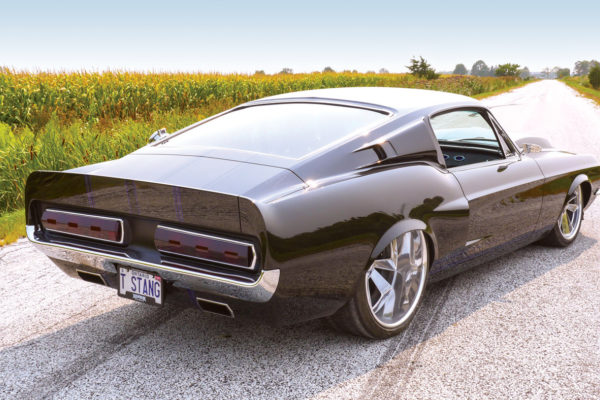
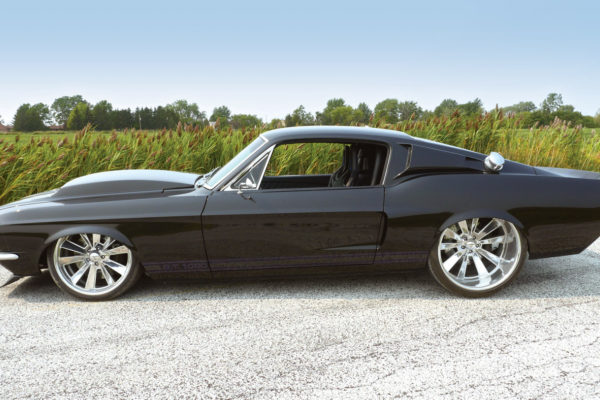
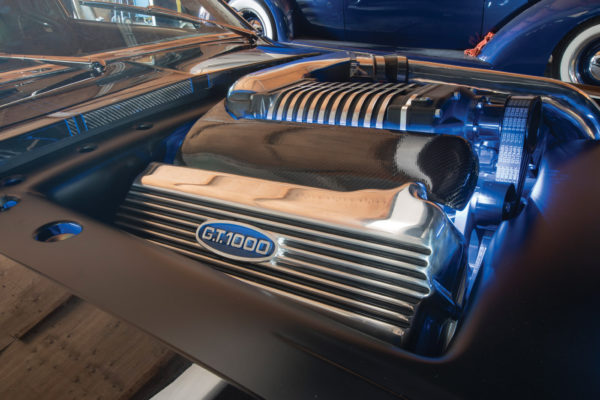
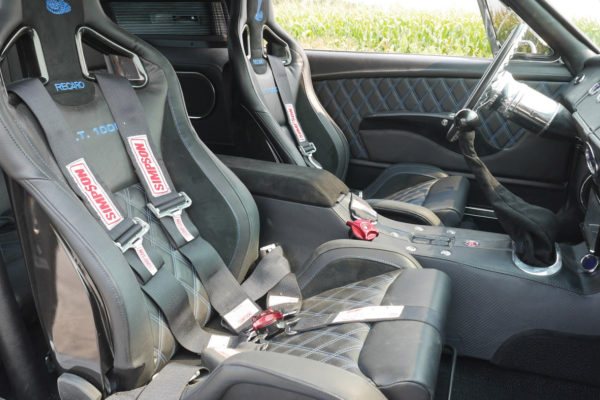
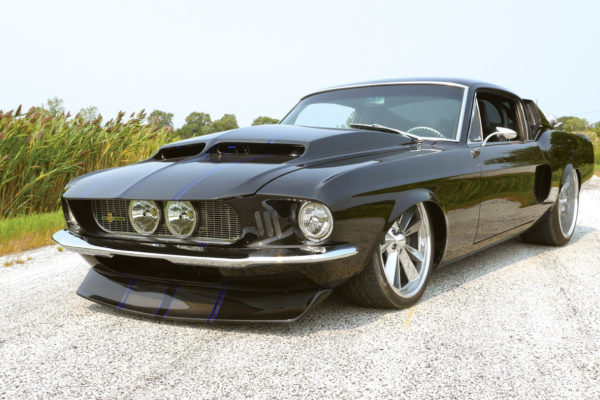
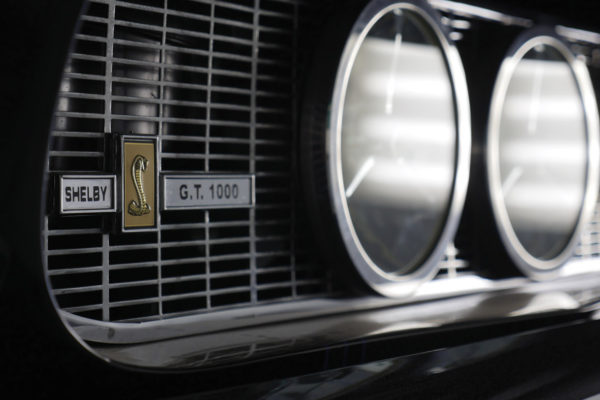
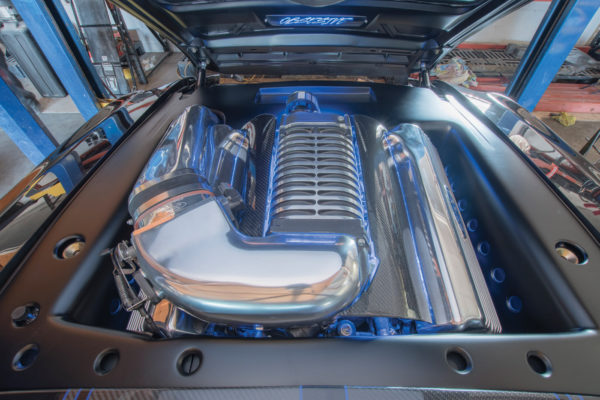
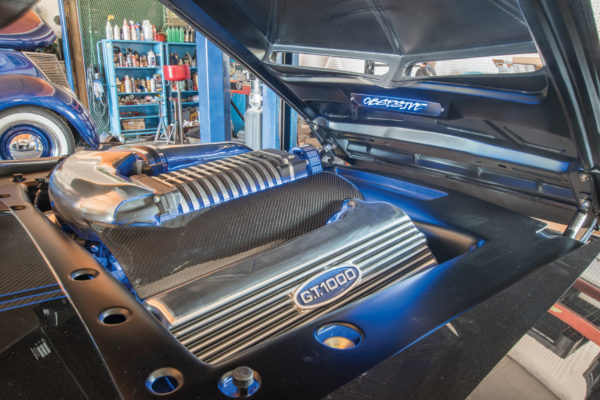
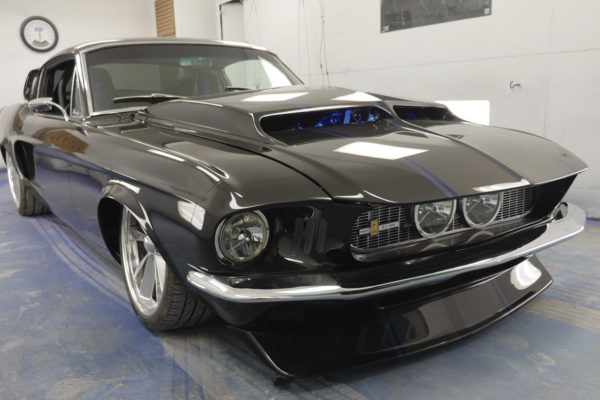
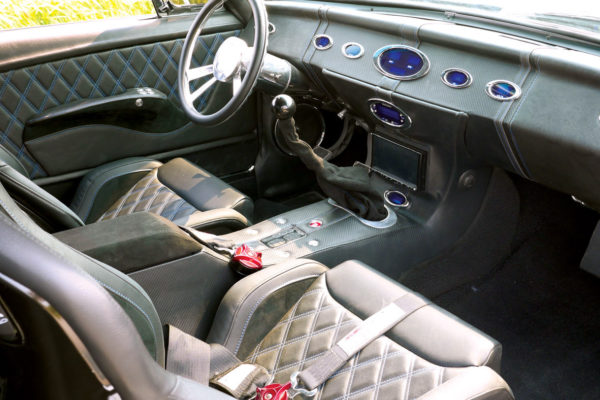
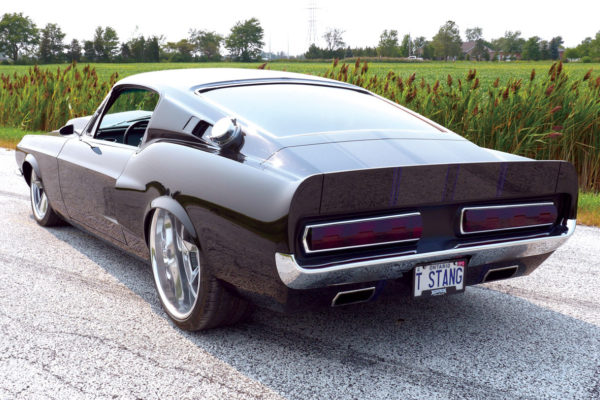
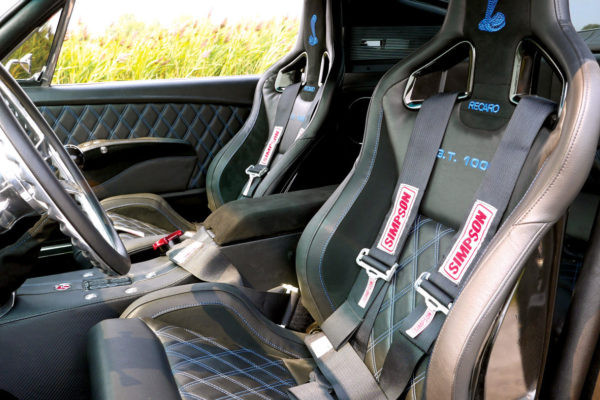
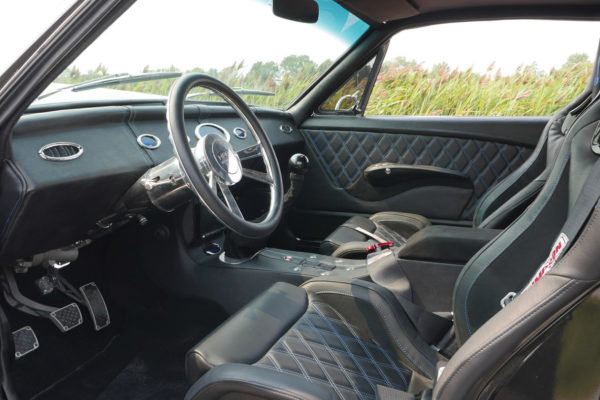
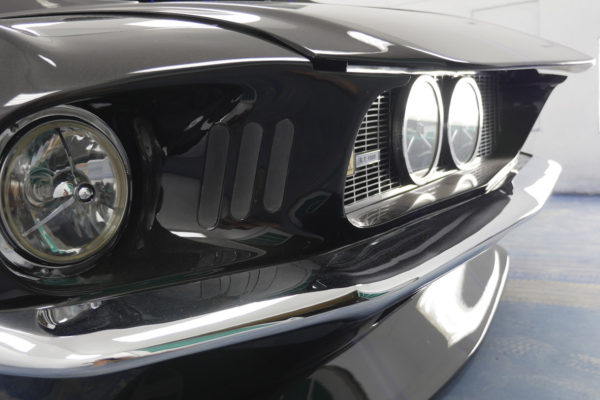
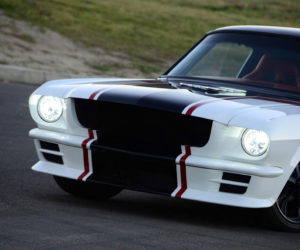
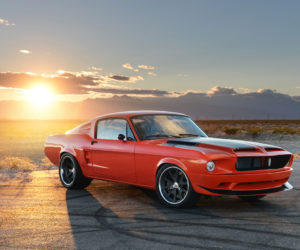
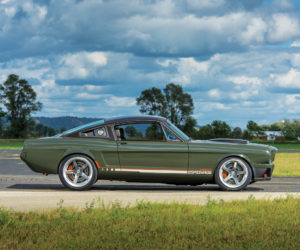
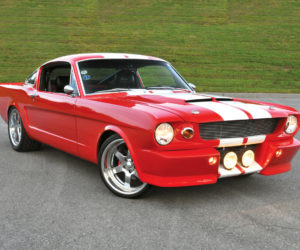
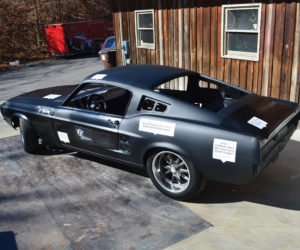
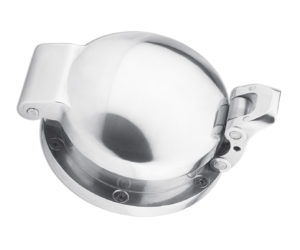




Comments for: Horse Trader
comments powered by Disqus